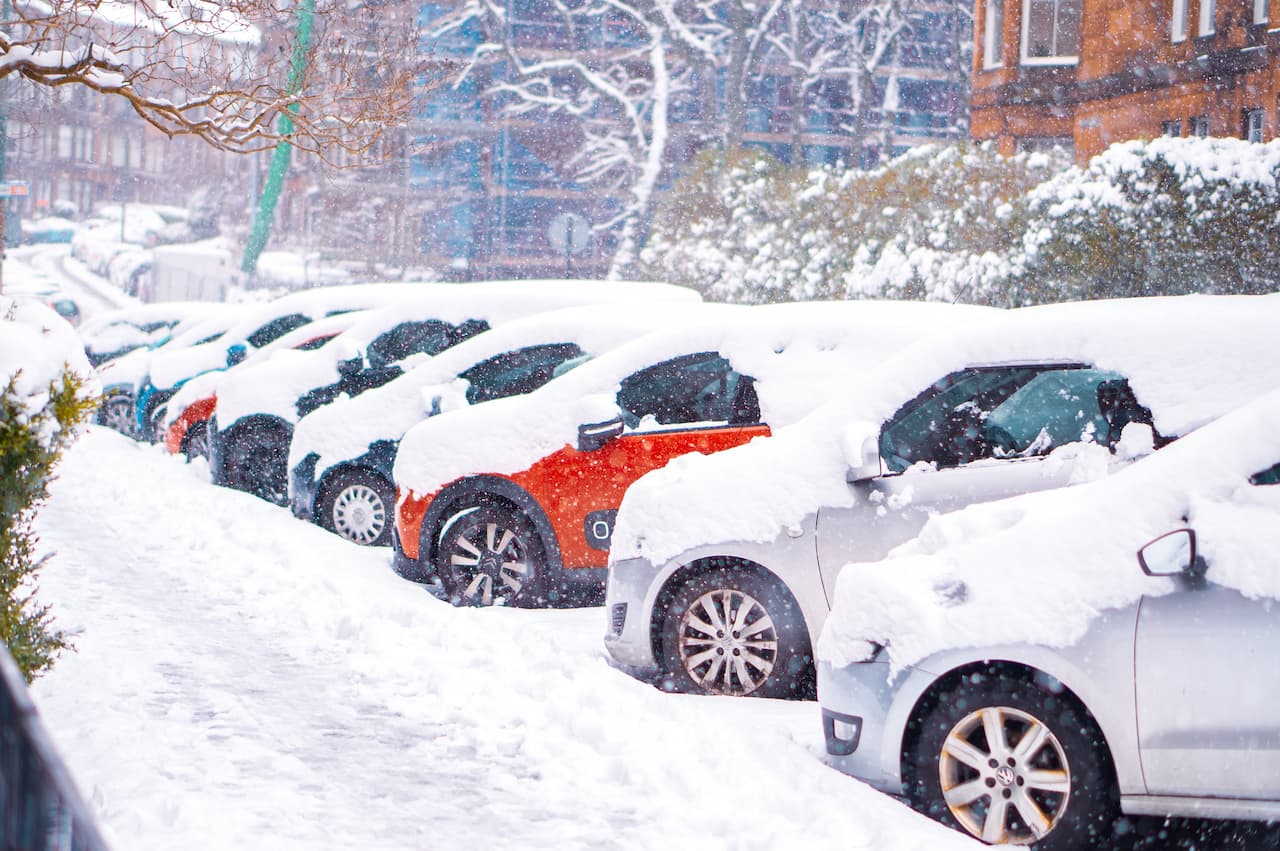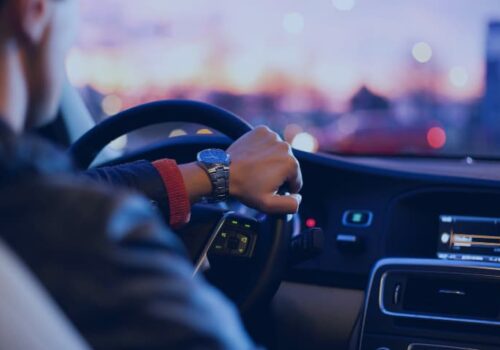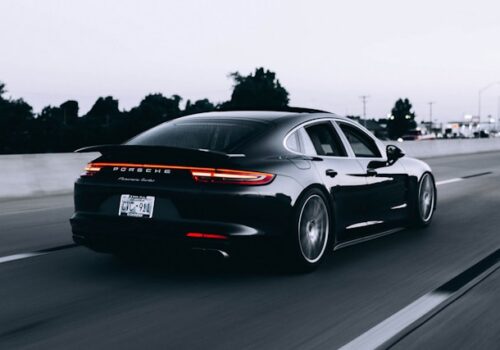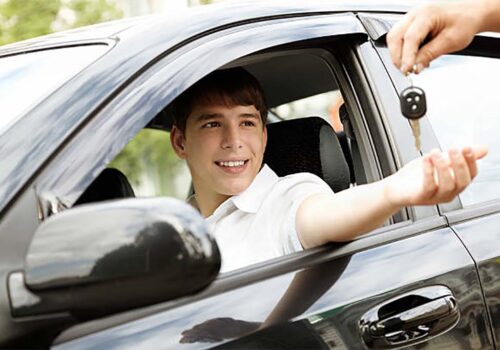Basic rules for winter driving
The main danger that lies in wait for a car in winter is entering a skid. Skidding can be controlled or uncontrolled. A controlled drift is possible if there are automatic driving skills in a drift state. This skill is developed only by persistent and prolonged training on special sites. No theoretical knowledge will help here, the counting goes on for a split second and all technical actions must be absolutely correct.
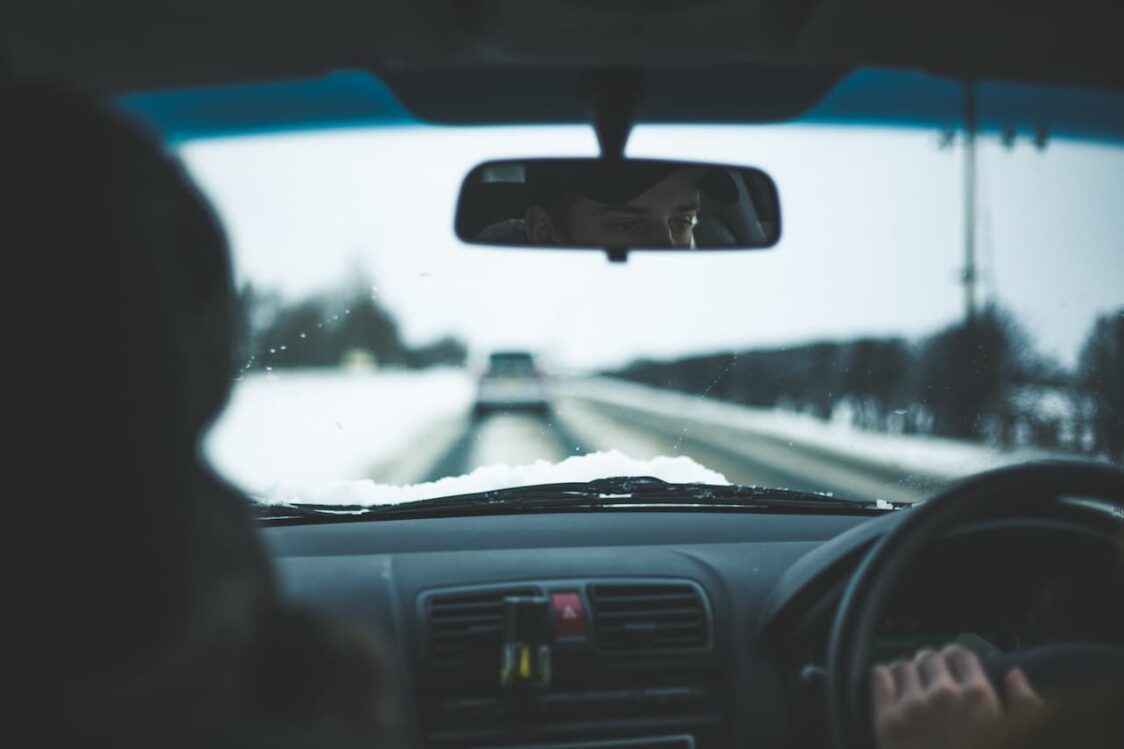
Therefore, the main task of trouble-free driving in winter for a motorist is to prevent the car from skidding.
To do this, you just need to follow a series of simple mandatory rules:
- Do not press or release the accelerator pedal suddenly.
- Start moving and stop smoothly, without sudden acceleration and deceleration.
- Perform the main braking with the engine.
- Use only intermittent braking 3-4 times without pressing the clutch pedal.
- Do not brake when entering or cornering.
- A smooth increase in speed is possible only when driving in a straight line.
Do not make sudden steering movements.
If a turn or a maneuver in the summer was performed on the count of “one”, now the same movement should be done on the count “one, two, three”. All movements, especially those associated with a change in direction, seem to slow down two to three times.
The speed should be appropriate for winter driving. The average speed in the city in winter should be reduced by 10-15 km / h. This also applies to driving on suburban roads, the speed is reduced by 20-25 km / h.
The distance to the vehicle in front should be at least doubled due to the increase in braking distance.
If possible, long journeys at night should be avoided; it is much more difficult to do this in winter than in summer.
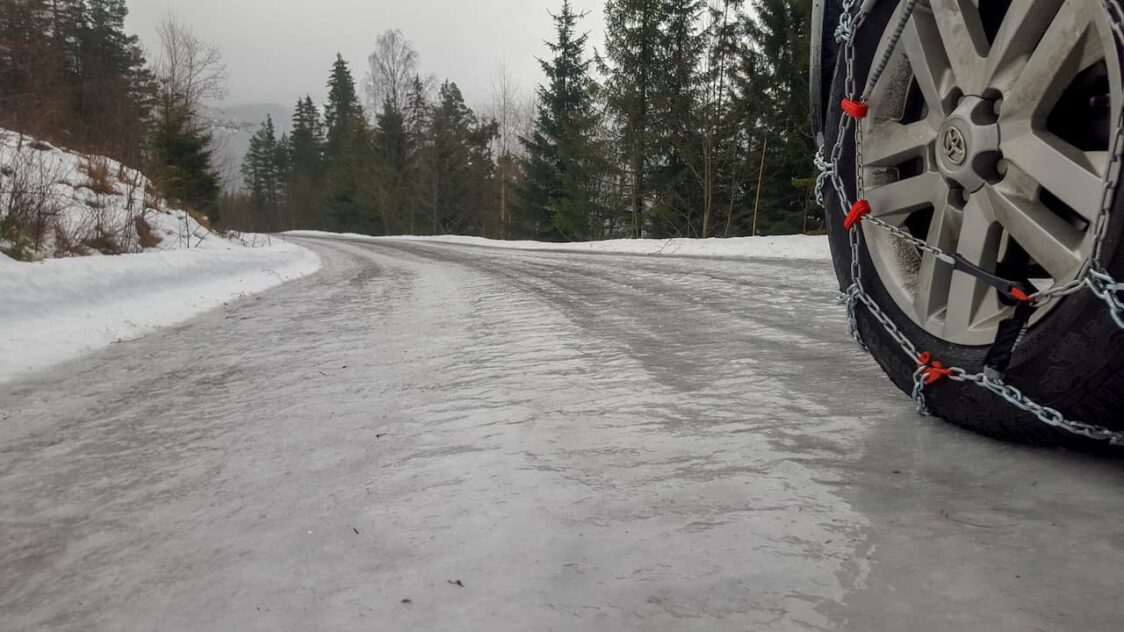
When planning a long trip, be sure to check the weather forecast and traffic conditions on the road. In unfavorable weather conditions (ice, snowstorm, snowfall, severe frost and other anomalies), it is better to postpone the trip.
Carefully monitor the traffic situation.
Do not make sudden and unexpected maneuvers. Other drivers are in the same conditions and may simply not have time to react to the maneuver: there may not be enough time or distance. Especially this situation arises when you want to “slip through” somewhere, but the car slips, accelerates very slowly, and there is a high probability of a collision.
Overtaking is considered a dangerous maneuver, and in winter its danger increases many times, and he must prepare carefully. A sharp departure from the oncoming lane due to an incorrect assessment of the situation in most cases is the cause of an uncontrollable skid.
To feel confident behind the wheel in winter, you need to set aside one or two weeks at the start of the season to change your driving habits. More experienced drivers go through the adaptation period faster, but for beginners this must be done. During this time, the driver gets used to the new reaction of the car and takes this into account in his actions.
